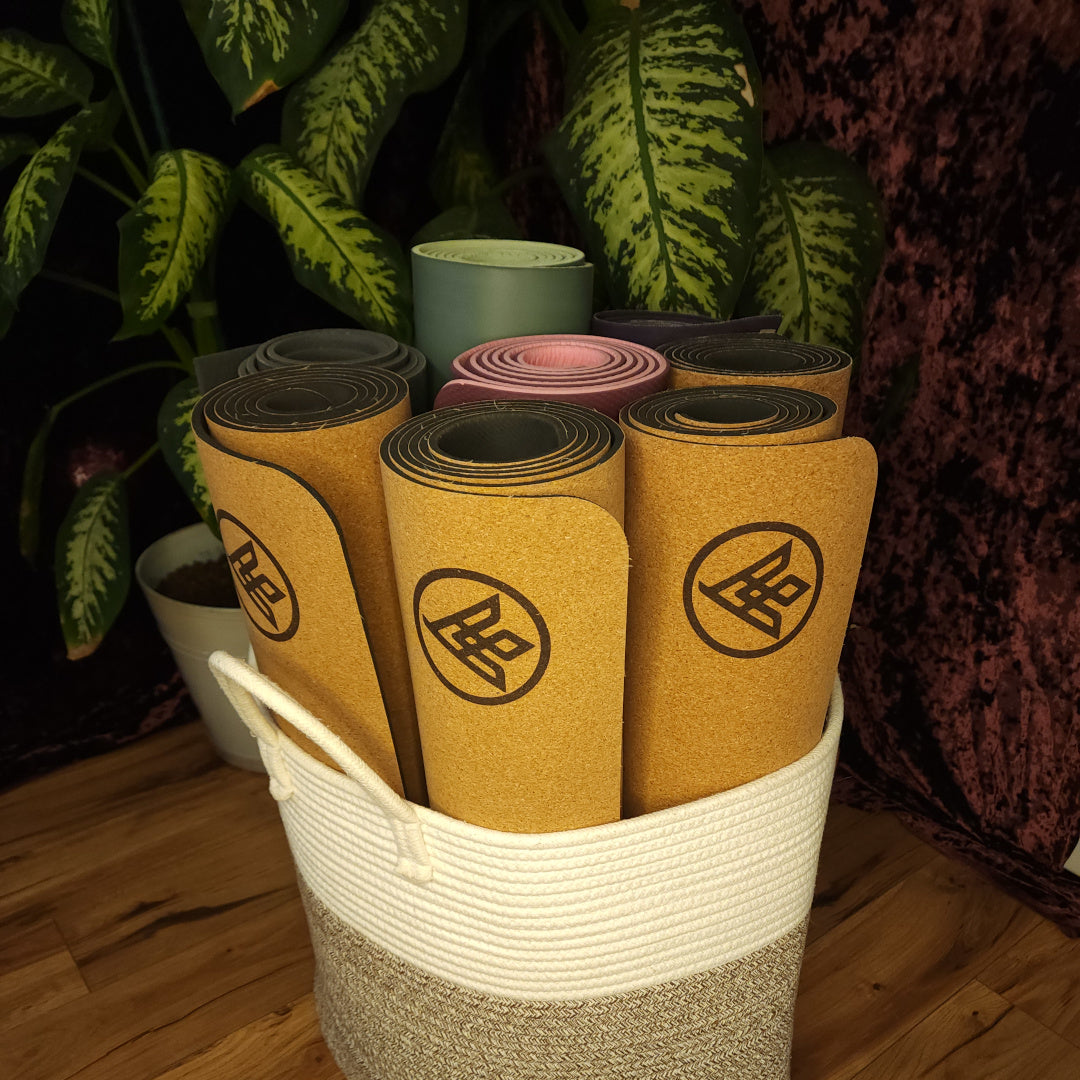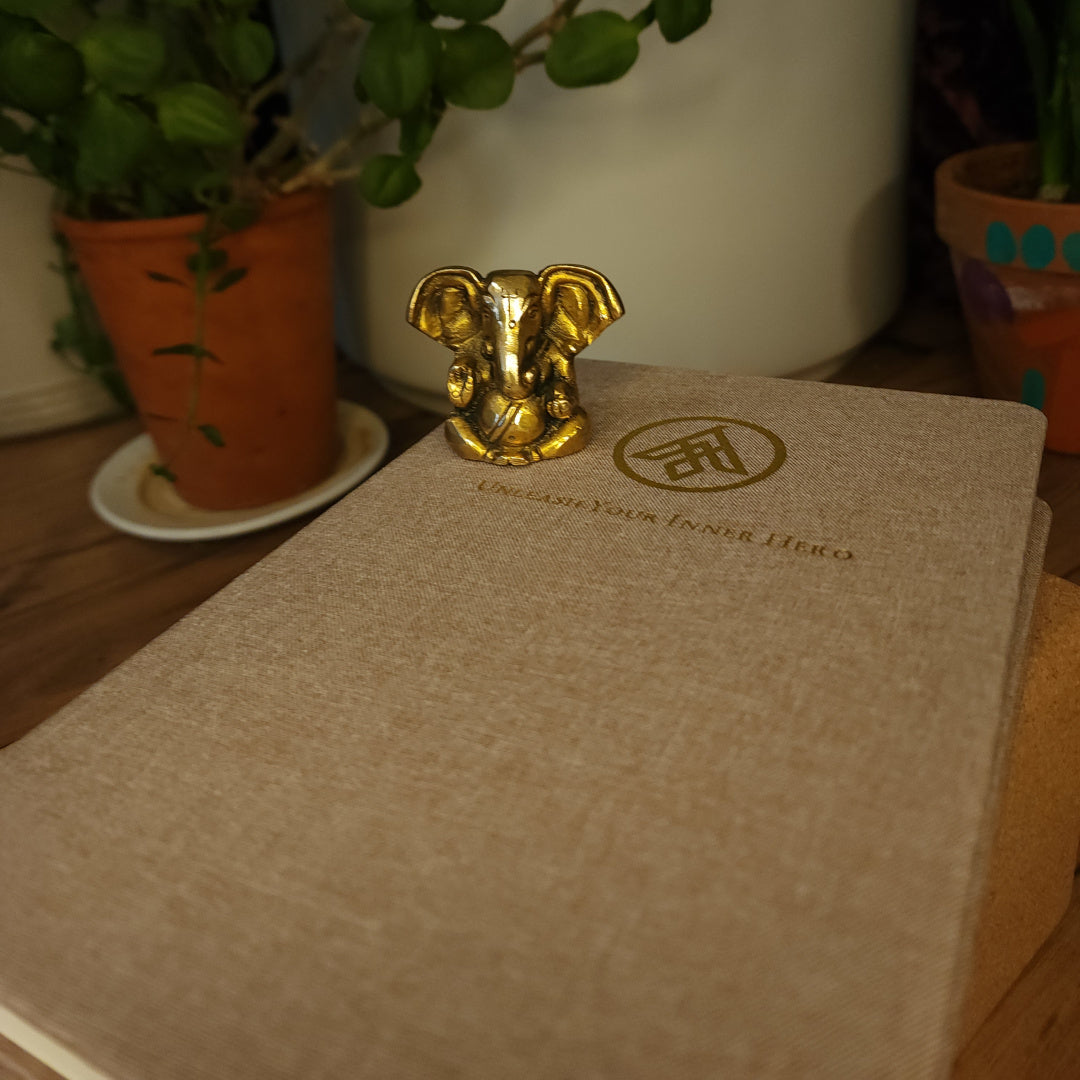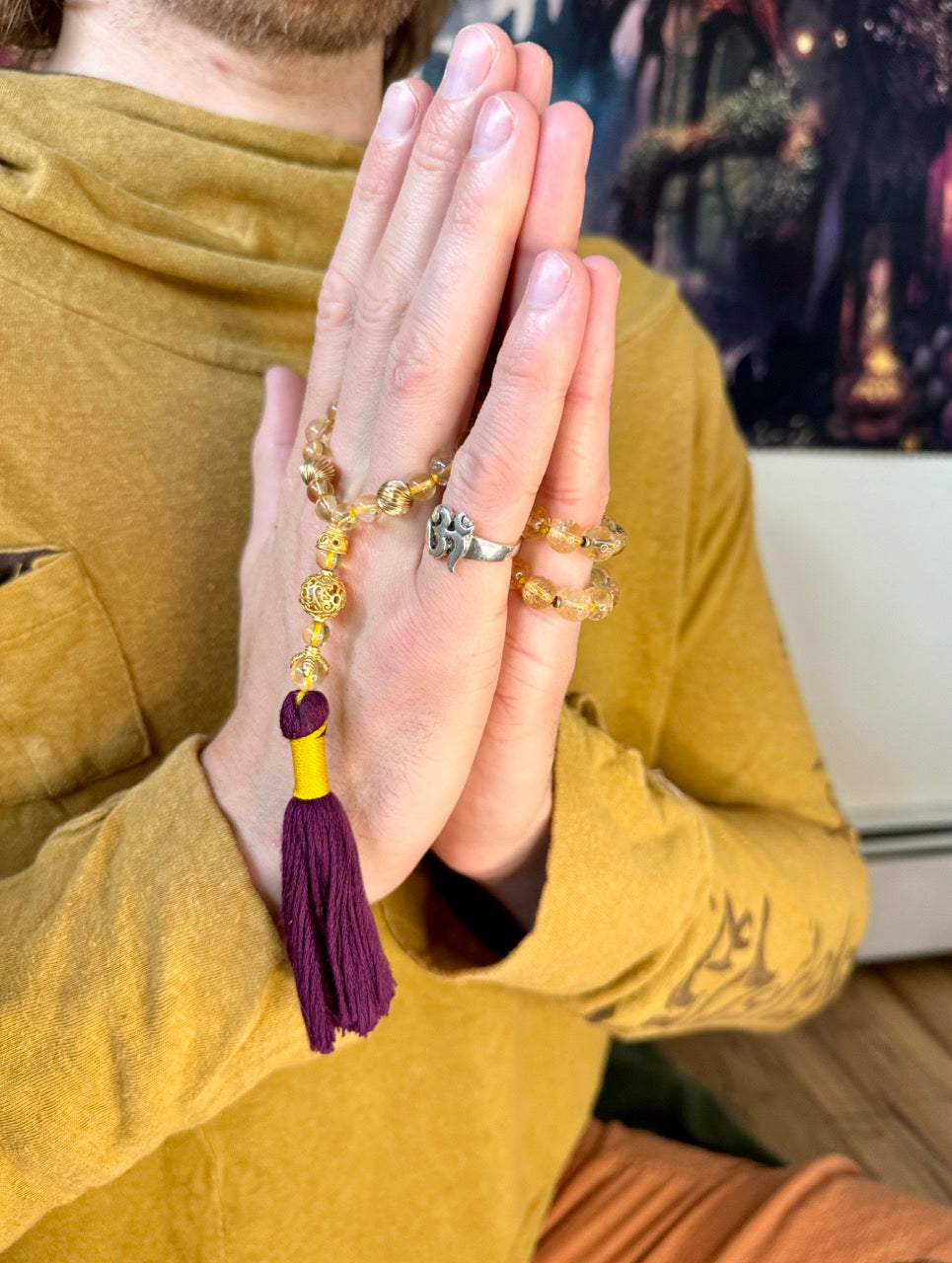What is Iyengar Yoga?
Jack UtermoehlShare
Iyengar Yoga emphasizes precision, alignment, and the use of props to enhance posture and accessibility. It refines physical and mental discipline.
Developed by B. K. S. Iyengar, this style focuses on structural integrity and therapeutic benefits, making it highly adaptable and accessible.
Origins of Iyengar Yoga
Iyengar yoga was created by B. K. S. Iyengar, a disciple of Tirumalai Krishnamacharya.
Its popularity grew through Iyengar’s book, "Light on Yoga" (1966), and his work with violinist Yehudi Menuhin.
Though linked to ashtanga yoga, Iyengar yoga is distinct in its methodical approach, precise postural alignment, and emphasis on the therapeutic use of props.
Iyengar Yoga Practice
Iyengar yoga prioritizes alignment and balance, often incorporating props to support asanas, allowing for stability and accessibility.
Common Poses
Tree Pose (Vrksasana), Supported Shoulderstand (Salamba Sarvangasana), Dancer's Pose (Natarajasana), Supported Bridge Pose (Setu Bandha Sarvangasana)
Iyengar Yoga Suitability
Experience Level: Mixed Level (Suitable for All)
Physical Demand: Gentle Movement to Balanced Activity
Mind-Body Engagement: Balanced Mind-Body
Adaptability: Limited Adaptability
Focus Area: Flexibility & Balance to Strength & Endurance
Notes on Iyengar Yoga
Iyengar Yoga improves postural alignment, flexibility, balance, and concentration. It is also used therapeutically for injuries and chronic pain.
Similar Styles
Anusara Yoga, Hatha Yoga, Restorative Yoga
Equipment
Required: Yoga Mat, Yoga Blocks, Yoga Strap, Bolster, Yoga Blanket
Nice to Have: Sandbags, Eye Pillow
Optional: Chair, Wall Ropes
Yoga Essentials for Your Practice
Support your yoga journey with high-quality, sustainable props designed for comfort and stability.
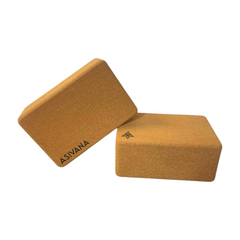
Crafted from eco-friendly cork for durability and a comfortable practice.
$24
Shop Now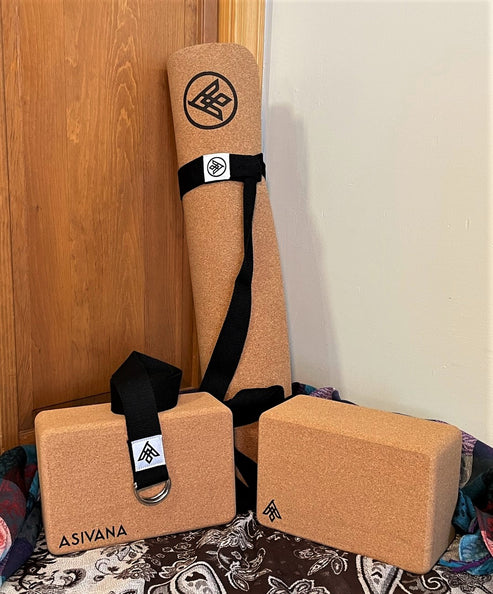
Includes everything you need to get started: a mat, blocks, and a yoga strap.
$120
Shop NowReferences
‘Light on Yoga’ by B.K.S. Iyengar
‘Iyengar Yoga for Motherhood’ by Geeta S. Iyengar



